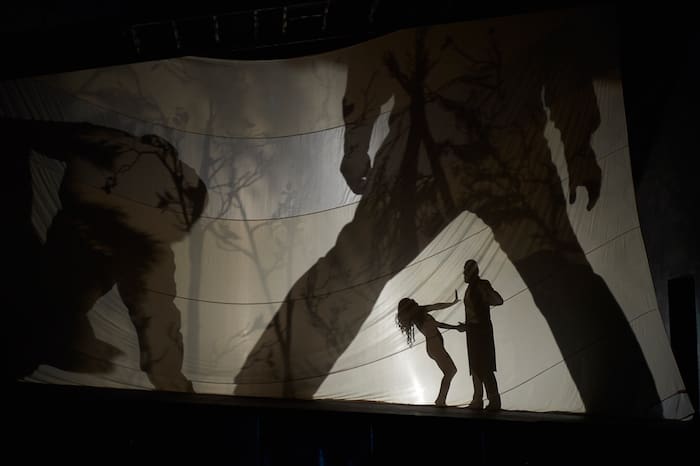The libretto (Hedwig Lachmann) to Richard Strauss’ Salome is loosely based on Oscar Wilde’s play of the same name. The iconic artists added their own exceptional flair to a barebones bible story where we don’t even have a name for the girl known only as the daughter of King Herod and Herodias. Early historians would eventually trace down her roots and name, and much later 19th century artists would embellish the narrative to create the emblematic femme fatale we know today.
The turn of the century was marked with the emergence of psychoanalysis, so we can understand why writers would be interested in the untamed mind of this perverse woman –living in an oppressed environment where objectification is the name of the game. What would be a relevant movement from recent history? Perhaps, the reclaiming of women’s voices speaking up against harassment, abuse and rape since #MeToo began. Director Atom Egoyan himself states the intention of uncovering more of Salome’s upbringing, giving her “more authority” and “power” beyond the spectacle of seduction and unreciprocated love. It’s a shame these efforts appear to have been lost.
One should note the terrific physicality and glimpses afforded us of detailed character expression and development by a most impressive Salome (Ambur Braid) and Jochanaan (Michael Kupfer-Radecky). It’s unfortunate much is obscured by a mise-en-scène so dimly lit (Davida Tkach) for the entirety of the production. I might understand the cinematic effect of a gloomy film noir, but why here? Opera can often be a challenging genre for a modern audience to digest. Why prevent us from fully connecting and being thrilled alongside the performers?
Interestingly, it’s the set (Derek McLane) and costumes (Catherine Zuber) which really work to bring us into the present: modern white lounge chairs, Salome revelling in a white vintage one-piece bathing suit, and King Herod (Michael Schade) and Herodias (Karita Mattila) prancing around in Heffner-esque robes as if on a family reality TV show.
Video projections (Phillip Barker) along with a mesmerizing shadow puppetry sequence (Clea Minaker) substitute the well-known Dance of The Seven Veils. It’s here where we are, perhaps, promised insight into the origins of Salome’s fixation on the grotesque. Yet it ends almost as soon as it begins. I am left knowing only that something bad happened to a younger Salome.
I was really excited going into this, especially curious to learn about the astounding soprano’s motives. At the very least, I expected to relish the famous ghoulish kiss and execution. Even the latter, though, was over in the glimpse of a second.

